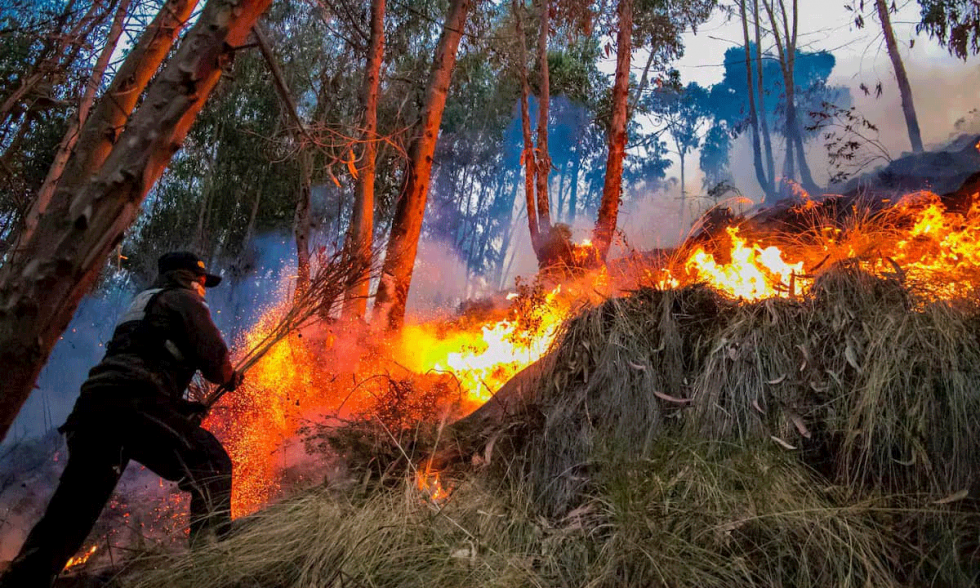New Book Explores 71 Historical Strategies with Contemporary Educational and Strategic Insights
Peruvian scholar and strategy consultant Carlos Villajuana Pablo has released a new book titled “Strategies Through Time: 71 Strategic Cases from Prehistory”, offering an interdisciplinary approach to the analysis of human decision-making throughout history. The publication is supported by Villajuana Consultores, a strategic advisory firm based in Peru, and the Editorial Fund of ITAE Business School, a Spanish institution dedicated to executive education and business innovation, headquartered in Extremadura.
The book presents 71 key moments in world history where strategic thinking played a decisive role. From ancient tribal decisions to political, military, and economic maneuvers, the author provides an accessible yet thought-provoking narrative that links historical scenarios to current challenges in leadership, education, and organizational behavior.
Rather than focusing solely on military or corporate strategy, Strategies Through Time aims to demonstrate how strategy has shaped civilizations, institutions, and individual destinies. Each chapter draws practical lessons from the past, encouraging readers—students, educators, and professionals alike—to reflect on how ancient models of thought and action can still inform present-day choices.
Carlos Villajuana Pablo holds a PhD in Global Business Administration and has pursued academic training in Peru, Canada, and France. An industrial engineer by background, he has over two decades of experience in corporate consulting, having worked with companies across various sectors including energy, manufacturing, legal services, and education. He currently teaches strategy and business in international academic programs and leads consulting projects focused on performance, planning, and decision-making.
Villajuana is also the author of several professional development books such as “Costing: If You Don’t Know How Much It Costs, You Don’t Know How Much You Earn”, “Black Belt Leader”, and “The Seven Strategic Fabrics”, where he advocates for measurable planning and leadership grounded in strategic thinking. With his new book, he extends this vision to a broader historical and educational context, proposing that strategic literacy is essential across cultures and time periods.
The partnership with ITAE Business School, through its editorial branch, reflects the growing international interest in interdisciplinary learning tools that combine history, management, and human behavior. ITAE is known for its commitment to practical, high-impact education for executives and emerging leaders across Europe and Latin America.
Strategies Through Time is now available for general audiences and institutions interested in curriculum enrichment, professional development, and critical thinking. It represents a unique contribution to global educational literature by merging historical analysis with strategic application in today’s fast-evolving world.
Related Articles
Todos los derechos reservados




Comentarios